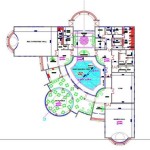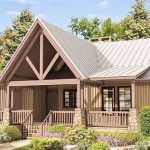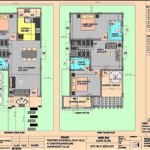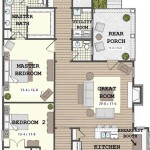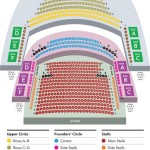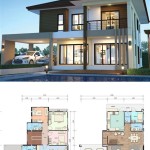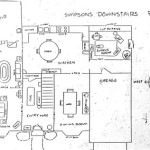Essential Aspects of Opera House Floor Plans
Opera houses are renowned architectural wonders that showcase the grandeur and artistry of the performing arts. A well-designed floor plan is paramount to ensuring the optimal experience for both performers and audience members. Here are some essential aspects to consider when creating an opera house floor plan:
Audience Seating
The main auditorium, where the audience is seated, is the heart of any opera house. The seating arrangement should prioritize visibility, comfort, and acoustics. Tiered balconies and a sloped floor allow for unobstructed views of the stage from various seating levels. Plush seats, ample legroom, and accessible aisles ensure a comfortable and enjoyable experience.
Stage Configuration
The stage is the center of attraction in an opera house, where the drama unfolds. The floor plan must accommodate the size and complexity of the productions performed. A large, versatile stage permits elaborate sets, stage machinery, and large-scale orchestras. Adequate wing space and fly towers enable swift scene changes and aerial effects.
Acoustics
Acoustics are crucial for the proper enjoyment of opera performances. The floor plan should incorporate sound-absorbing materials and reflective surfaces to create an optimal sound environment. The ceiling, walls, and stage floor are designed to enhance sound projection and minimize echoes or distortions.
Orchestra Pit
The orchestra pit is an integral part of the stage, housing the musicians who provide the musical accompaniment. The floor plan must ensure that the orchestra is both audible and visually connected to the audience. A sunken pit with proper ventilation and acoustics allows the musicians to perform comfortably and support the singers.
Backstage Areas
Spacious and well-equipped backstage areas are essential for the smooth operation of an opera production. Dressing rooms, rehearsal spaces, storage rooms, and technical workshops should be strategically located to facilitate rehearsals, costume changes, and stage management.
Access and Circulation
A well-organized floor plan provides efficient access and circulation throughout the opera house. Stairways, elevators, and corridors should be strategically placed to minimize congestion and ensure easy movement for performers, crew, and audience members. Fire exits and safety features must also be incorporated.
Integration with Other Areas
An opera house is often part of a larger arts complex. The floor plan should take into account the integration with other areas, such as lobbies, box offices, rehearsal studios, and administrative offices. Seamless connectivity and shared amenities enhance the overall experience for patrons.
By incorporating these essential aspects into the floor plan, opera houses can create unparalleled spaces for the performance and appreciation of this beloved art form. These architectural masterpieces serve as vibrant community hubs, fostering cultural enrichment and artistic inspiration.
Plan Of Opera House Interior Nypl Digital Collections
Oslo Opera House Designed By Snøhetta 2007 Section Floor Plan Scientific Diagram

Gallery Of Everyman Theatre Haworth Tompkins 19 Plan Floor Plans Lobby

Royal Opera House West End London Theatre

File First Floor Plan Sydney Opera House 5373921522 Jpg Wikimedia Commons

Oslo Opera House Data Photos Plans Wikiarquitectura

Seating Chart Lexington Opera House

Opera House Plan Available As Framed Prints Photos Wall Art And Photo Gifts

Gallery Of Harbin Opera House Mad Architects 29

Archi Maps How To Plan Opera House Basement Plans

